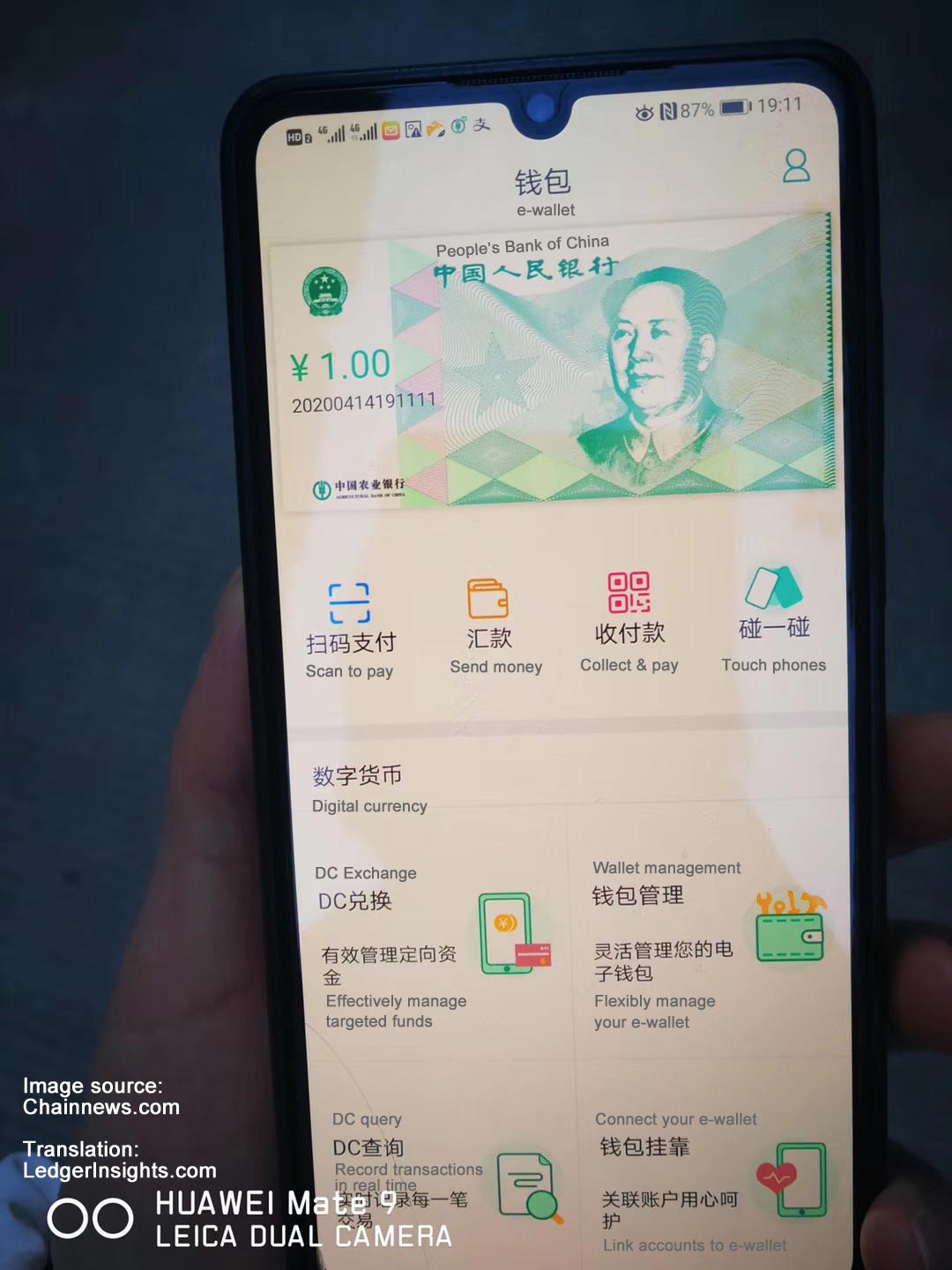Last week, screenshots leaked of China’s central bank digital currency (CBDC) tests. Plus, news emerged of a specific example of a plan to use the currency for certain transport subsidies in May. Now the People’s Bank of China (PBoC) has acknowledged the screenshots via a TV channel and Beijing News but stated this is not the start of the official release of the digital renminbi. Instead, as before, it reframed digital currency pilots as “internal tests“.
When will the digital renminbi be released?
It confirmed the location of the tests as Shenzhen, Suzhou, Xiong’an New District and Chengdu per previous reports. But the interesting addition is the future Winter Olympics location. This refers to the 2022 Winter Olympics, which will take place 4-20 February in Beijing and the neighboring Hebei province.
Hence the reference is more than a hint that the currency, also referred to as the Digital Currency / Electronic Payment (DCEP), will already be in circulation by then. The bank is not likely to release the digital yuan just before such a major event. This implies a possible release by mid-2021 at the latest. But the news also refers to “the digital currency that our central bank is about to launch“. A report with identical wording was widely circulated in the Chinese press.
But it later said, “considering that the previous digital currency is limited to pilots, it will not be issued in large quantities and fully promoted in the short term.”
Features of the digital renminbi
The report via television channel CCTV says that the development of the currency is advanced and that it has “controllable anonymity”. The currency is initially targeted at “small, retail and high frequency business scenarios”.
As previously announced, it is a two-tier system so that the central bank does not directly interact with consumers. Rather the cash is distributed via intermediaries, including the big four state banks.
It was also stated that the currency will not inflate the amount of money in circulation because it’s a direct replacement for currency currently in circulation. To distribute the currency, commercial banks deposit money at the central bank so that there’s a 100% reserve at the central bank.
Additionally, it is confirmed that the digital cash does not require a bank account and can be transferred peer to peer even when there’s no network signal.
Why now?
Although China has been exploring digital currencies since 2014, the announcement of Facebook’s Libra in June 2019 seemed to accelerate activity, as it has done with central bank research of CBDC around the world.
But the report asserts that the motivation is to lower issuance costs and enable more convenient transactions. Given the broad penetration of WeChat Pay and Alipay, many transactions are already pretty convenient, but a digital currency may increase competition.
It also noted the increasing difficulty of monitoring for anti money laundering, which the digital currency will help to solve.
Meanwhile, the COVID-19 crisis has spurred Democrat politicians in the U.S. to urge the government to use a digital dollar to circulate stimulus help to the population. Additionally, there’s the heavyweight Digital Dollar Foundation that’s trying to promote the concept within the U.S.
And numerous other countries around the world are exploring central bank digital currencies. Six central banks have grouped together to share their CBDC research. They include the central banks of England, Sweden, Canada, Europe, Japan and Switzerland.








